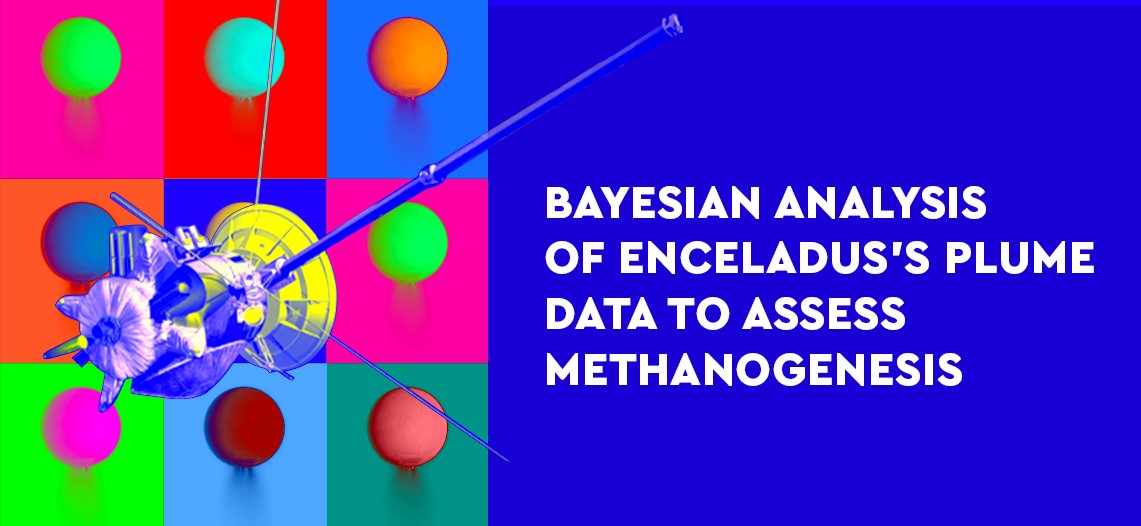With its global ocean and hydrothermal systems, Saturn’s moon Enceladus is a prime candidate for the search for extraterrestrial life in the Solar System. At its south pole, spectacular plumes of oceanic material are ejected into space.
From 2008 to 2015, the Cassini spacecraft carried out measurements of their composition.
A multidisciplinary team composed of biologists, chemists and astrophysicists from the laboratories of ENS - PSL, Paris Observatory - PSL, University of Arizona, and the National Museum of Natural History, and funded by the project Origins and Conditions for the Appearance of Life (OCAV) of the University PSL, has just shown that the geochemical processes currently known from the interior of Enceladus, are compatible with the existence of habitable environments for organisms (called "methanogens") similar to those found in terrestrial hydrothermal systems.
However, modeling these geochemical processes alone cannot fully explain the data collected by the Cassini probe.
Adding a population of methanogenic microorganisms to the model leads to the prediction of methane levels in the plume close to those observed by Cassini.
The team of researchers was thus able to conclude that one or more unknown sources of methane were at work in the interior of Enceladus, and that methanogenesis (biological) could be a good candidate to explain the measurements made by Cassini... assuming that the emergence of life is not a rare phenomenon.
[About PSL]
Located in the heart of Paris, PSL University brings together all areas of knowledge, innovation and creation in the arts, engineering, sciences, humanities and social sciences. Selective and committed to equal opportunity, it trains researchers, artists, entrepreneurs and managers who are aware of their individual and collective social responsibility. With 2,900 professors and researchers, 17,000 students, 140 laboratories and a dozen incubators, fablabs and co-working spaces, PSL is a university on a human scale. It ranks among the top 50 universities in the world according to the Shanghai, THE (Times Higher Education) and QS (Quacquarelli Symonds) rankings. www.psl.eu
| PSL University Conservatoire National Supérieur d’Art dramatique - PSL, Dauphine - PSL, École nationale des chartes - PSL, École nationale supérieure de Chimie de Paris - PSL, École normale supérieure - PSL, École Pratique des Hautes Études - PSL, ESPCI Paris - PSL, Mines Paris - PSL, Observatoire de Paris - PSL. Collège de France, Institut Curie. CNRS, Inserm, Inria. |

